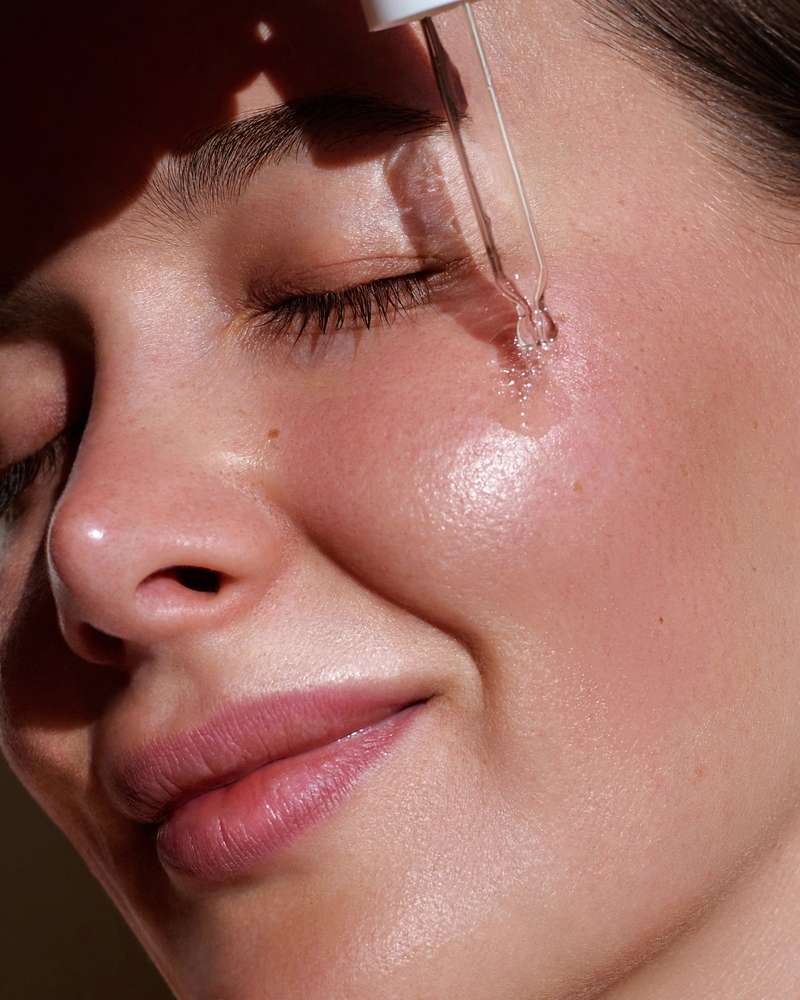Addressing dryness and frizz with hydration-first strategies
Hydration-first strategies focus on restoring moisture to both skin and hair to reduce dryness and frizz. This short guide outlines practical steps — from gentle cleansing to targeted serums and mindful styling — to help improve texture and resilience.

Dryness and frizz arise when the skin and hair barrier lacks consistent moisture, and when routine practices strip or fail to replenish that moisture. A hydration-first approach prioritizes gentle cleansing, barrier-supporting moisturizers and serums, and scalp care to rebuild resilience. This article explains practical steps and ingredient-minded choices to limit moisture loss, protect against environmental stressors, and improve manageability without overpromising results.
This article is for informational purposes only and should not be considered medical advice. Please consult a qualified healthcare professional for personalized guidance and treatment.
How does cleansing affect dryness and frizz?
Cleansing removes dirt and product buildup, but harsh surfactants can strip natural oils and dry out both skin and hair. Choose a gentle cleanser that balances efficacy with mild surfactants, and consider frequency: over-washing can aggravate dryness, while infrequent washing can allow residue to attract humidity and increase frizz. For scalp health, use a formulation that maintains the microbiome and avoids aggressive pH shifts; for hair, focus washing on the scalp and allow natural oils to nourish lengths when appropriate.
What role do moisturizer and serum play?
A moisturizer restores and seals hydration by combining humectants (attract water), emollients (soften), and occlusives (lock moisture). Serums typically deliver concentrated actives like peptides or antioxidants to address structure and oxidative stress. Layer a lightweight serum under a moisturizer for skin; for hair, apply leave-in serums that smooth cuticles and provide lightweight hydration. Look for peptides and antioxidants that have been studied for barrier support and environmental protection, but avoid layering too many active treatments that could irritate.
How should exfoliation and scalp care be balanced?
Exfoliation removes dead skin cells and improves product absorption, but over-exfoliation compromises the barrier and increases trans-epidermal water loss. Limit exfoliation to recommended frequencies and choose gentle chemical or physical options suited to your skin type. For the scalp, occasional exfoliation can reduce flakes and product buildup that trap moisture away from follicles; use mild scalp exfoliants or soft brush techniques. Maintain the scalp microbiome by avoiding overly antibacterial products unless clinically advised, and consider targeted support such as biotin-friendly approaches to nutrient sufficiency rather than high-dose supplementation without professional guidance.
How does hydration and sunscreen protect hair and skin?
Hydration includes internal and topical strategies: drinking adequate fluids supports overall hydration, while topical ingredients like hyaluronic acid and glycerin attract moisture to the skin. For hair, deep-conditioning treatments and leave-ins help replenish lipids and smooth the cuticle. Sunscreen is essential for skin to prevent UV-driven moisture loss and collagen breakdown that worsens texture and dryness; for hair, UV-protective sprays or wearing hats reduce sun-induced dryness and color fading. Antioxidants in formulations also blunt free-radical damage that can accelerate brittleness and frizz.
Can biotin, peptides, and antioxidants help?
Biotin is often discussed for hair strength, but dietary needs vary and supplementation should be considered with professional input; evidence for routine high-dose biotin for cosmetic improvement is mixed. Peptides, when formulated appropriately, can support structural proteins in skin and may improve barrier function; antioxidants reduce oxidative stress from environment and styling heat. Prioritize well-formulated products containing these actives and avoid expecting immediate, large changes—consistent use and complementary barrier-focused hydration matter most.
How does styling impact moisture retention and frizz control?
Styling choices directly affect hydration and frizz. High-heat tools, frequent chemical treatments, and rough towel-drying increase cuticle damage and moisture loss. Use lower heat settings, heat protectants, and gentler drying methods such as microfibre towels or air-drying to limit disruption. Protective styling and minimal manipulation preserve natural oils and reduce friction. Styling products that include humectants, light oils, or silicone derivatives can smooth the hair shaft and reduce frizz, but balance is key: heavy buildup can weigh hair down and require more frequent, careful cleansing.
Conclusion
A hydration-first strategy blends gentle cleansing, targeted serums and moisturizers, measured exfoliation, scalp attention, and mindful styling to address dryness and frizz. Combine barrier-supporting ingredients, sunscreen for skin protection, and practical styling changes to preserve moisture. Small, consistent adjustments—rather than single dramatic steps—typically yield the most durable improvements in texture and manageability.





